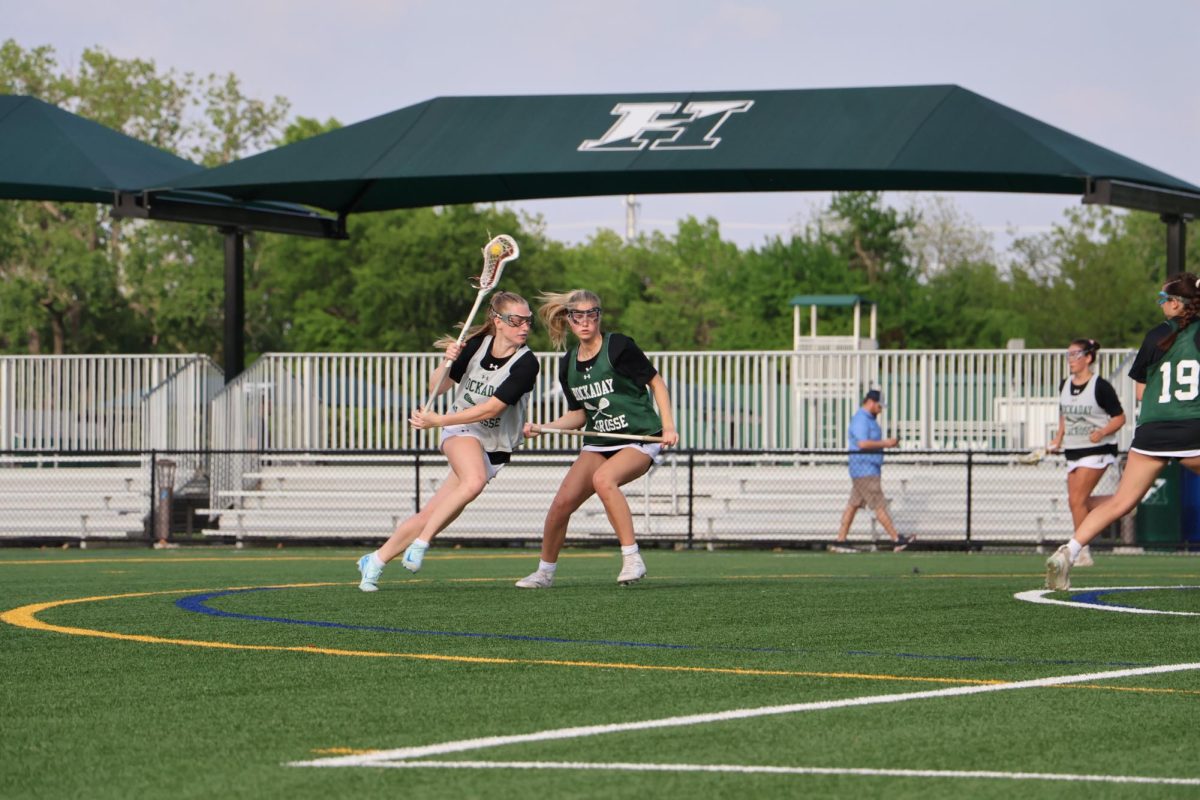Inside the lines
November 4, 2022
The political influence of redistricting has the potential to lessen or inflate certain voters’ influence which determines the dominating party of state elections. The new Texas redistricting map was approved in Oct. 2021 and consists of 38 districts. Setting the political stage for the next decade, Texas redistricting created 13 Democratic-leaning seats, 24 Republican-leaning seats and one highly competitive seat in the House of Representatives.
A redistricting map is a division of the state into different geographical units that satisfy certain population constraints. This political process occurs every 10 years based on the results of the U.S. Census. The Census determines how many districts – and therefore seats in the House of Representatives — a state has. The district lines are redrawn and must include approximately the same population in each district. The census guides the drawing of these lines, but politicians are the ones who create the districts.
Because politicians draw these maps, their decisions about the location of the district boundaries are often skewed toward a respective party. Knowing the potential outcome of an election can affect their chances of being reelected, they primarily consider how to best position themselves for their side’s later success.
Associate Professor of Mathematics at Southern Methodist University Andrea Barreiro conducts her own independent research to find what mathematical components make a fair redistricting map.
“Our congressional districts have to be of equal size in terms of population and they also have to be contiguous,” Barreiro said. “You cannot have distinct pieces that are disconnected from one another.”
State legislatures use information about what party districts have voted for in past elections to inform their redistricting, as the number of democratic or republican-leaning seats in the House of Representatives is dependent on the party-line outcomes of districts’ votes.”
Matthew Lockard, the Associate Professor of Philosophy at Southern Methodist University (SMU), teaches his students about the logic behind different voting methods and collective decision making within politics.
“To mitigate partisan bias, states like California and Arizona handed the redistricting process to two supposedly independent commissions,” Lockard said. “The results of that have been very mixed, but I am interested to know how politicians can aggregate a group of people’s preferences and come up with a reasonable verdict that represents
the group as a whole.”
Intentionally influencing the district lines to appeal to a certain political group is known as gerrymandering. In Texas, specifically, the state legislature abides by no legal constraints to drawing biased maps because there is no written law in the Constitution that prevents it.
Junior Anika Proddutoor particularly questions the district lines drawn in Texas. While the winning side varies from state to state depending on the party in control of the legislature, Texas’ districts support the Republican party.
“Even if there is a larger number of a certain group of voters, the minority in that county could win based on how they redistrict,” Proddutoor said. “I looked at some of the Houston split-ups, and it was kind of crazy because some of the districts looked like lines.”
Scott Bowman, Upper School history teacher and former government lawyer, explained the districts sometimes have interesting shapes to dilute the opposing voter opinion.
“They try to break up what otherwise would have been a winning district for the other party,” Bowman said.
In Texas, the Senate and the House are dominated by Republicans, so the lines historically have been drawn in favor of that party. Once the redistricting process is complete and the map is drawn, the state governor signs it into law – as Republican Gov. Greg Abbott did in Oct. 2021.
The government procedure within Texas includes checks and balances, but not many beyond limits on race-based redistricting.
“The Supreme Court has found that you’re not supposed to redistrict or draw lines in a way that dilutes minority votes based on race,” Bowman said. “That is a check in the sense that you can go to the court system to get maps reviewed for that.”
Redistricting has a greater effect on elections today, and the future, than people realize. Changes in these district lines alter the relevancy of certain voters and, in turn, who is finally elected to represent the state.
At SMU, Barreiro intends for her research to inspire people to assume control of the process.
“Ultimately, I hope, through independent research, to move the needle in public opinion towards achieving an independent redistricting commission for Texas,” Barreiro said. “I would like to see us have a citizen-driven independent commission so that redistricting is taken out of the partisan political process and becomes fair to its citizens.”




